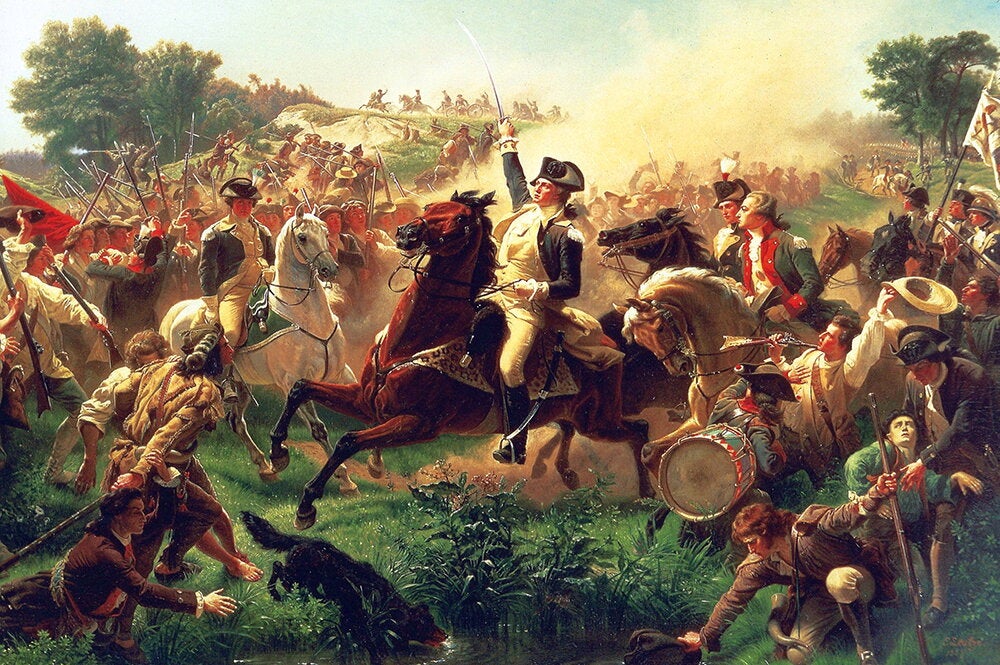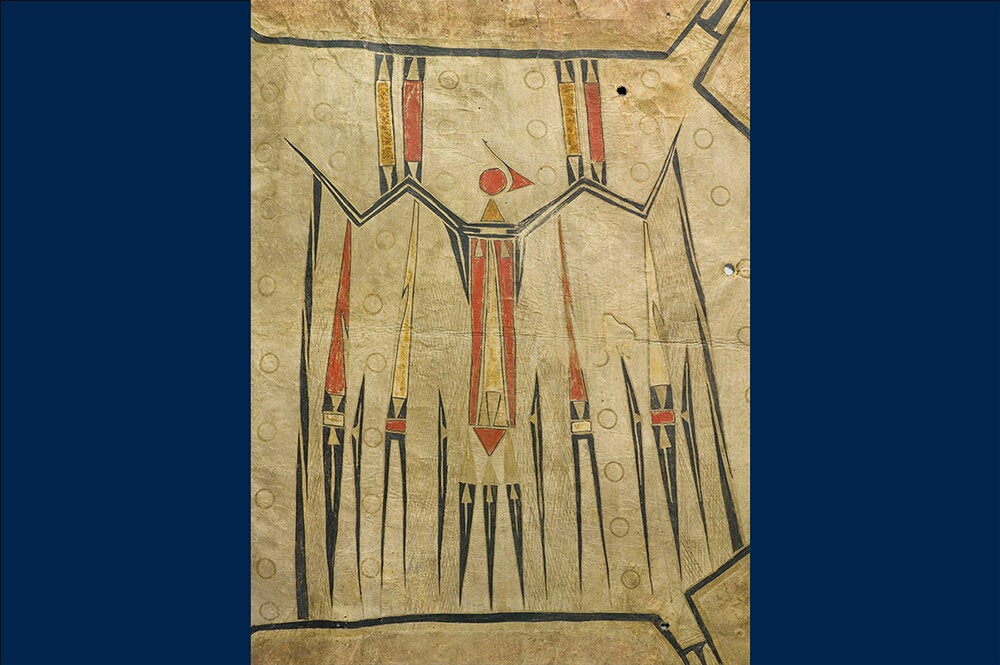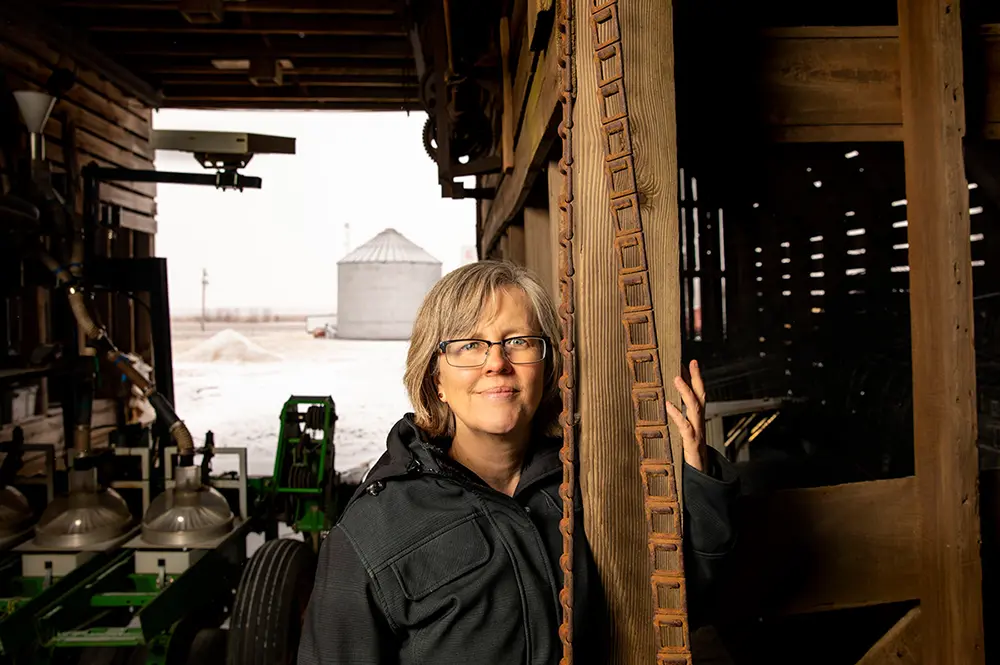
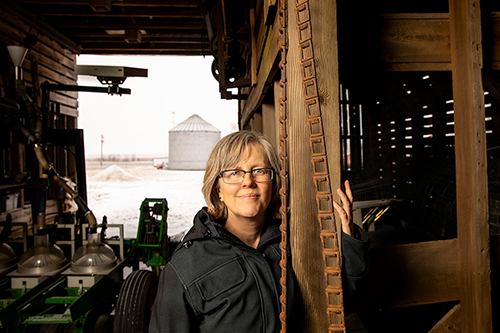
(Photo by Fred Zwicky.)
A persistent heartland myth paints the rural and small town Midwest as local, insular, isolationist – “the ultimate national safe space, walled off from the rest of the world,” says University of Illinois historian Kristin Hoganson.
Dig into the history, however, which Hoganson has done for a new book, and you find the myth is far from reality.
The region has not been insular, but globally connected – in myriad ways stretching back to the advent of European colonialism. Rather than isolationist, it is “riddled with histories of foreign relations,” often in service to agriculture.
“It would take an entire atlas of maps layered on top of one another, transparency style, to convey the far-flung relationships that formed (this region),” Hoganson wrote in “The Heartland: An American History,” being published in April by Penguin Press.
Based on her research, Hoganson suggests that the “heart” in “heartland” should have a different connotation from that of the fixed symbolic core of the nation, the “quintessentially all-American place.” Instead, she reveals a heart that’s “alive and vibrant, pumping in the center of a vast network.”
A specialist in U.S. foreign relations history, Hoganson began her research for “The Heartland” in her own backyard, in central Illinois, looking deep into its past and following the leads where they led.
She found a kind of cattle crossroads starting in the mid-1800s, with animals coming from Mexico, Indian Territory and Texas for fattening, as well as from Canada and Great Britain as breeding stock. That’s the subject of the chapter “Meat in the Middle.”
The story with hogs was similar. The popular Berkshire breed came from Britain too, its ancestry partially from China. Midwest pork was shipped abroad thanks to British-financed U.S. railroads and British ships; while it helped feed the British Empire, Midwest pork also undercut British producers. That’s the subject of the chapter “Hog Tied.”
Hoganson also found that Midwestern farmers, in search of export markets, often advocated for expansive foreign policies, not isolationism. They also forged agrarian alliances across national borders, largely through their pursuit of scientific agriculture. One result is the vast system of underground field tiles that helped turn many soggy acres into fertile cropland.
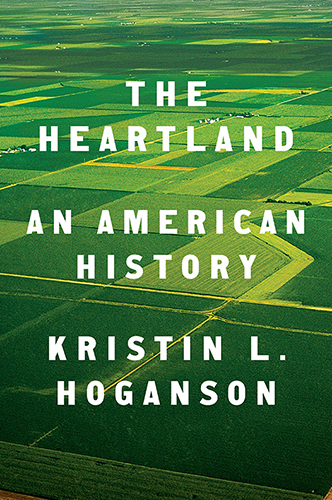
Flipping the perspective conveyed by the term “flyover country,” Hoganson instead looked at many ways the Midwest has been an aerial destination or center of activity. In a chapter titled “Flownover States,” she chronicled the role the Midwest played in early ballooning and aviation, where the region’s often-flat and predictable geography was seen as an asset. Likewise, its farmers played a leading role in support for mapping international migratory routes of birds, valued for insect control.
Among many other stories in “The Heartland” are those of polar explorers and a globe-trotting congressman, of bioprospectors who brought the soybean from Asia, and of the displacement of the Kickapoo people, who start and end the book.
“The U.S. heartland is the overlooked part of the country,” Hoganson said. “It doesn’t get much attention, and the attention it gets – the rural and small-town heartland, in particular – tends to be distorted through the lenses of stereotype and myth. This means not only that most Americans don’t understand the big middle of the country, but also that people who live there are cut off from their own past.”
Hoganson understands this from a personal perspective. Though a product of deep Midwestern family roots, she was raised and educated on the East Coast. She bought into aspects of the local, insular heartland myth before arriving in central Illinois 20 years ago.
On her first day in the Corn Belt county in which the university resides, however, she turned on the radio while unpacking. “Out came the weather forecast for Argentina and China and Brazil, and I realized that I had no idea where I had landed,” Hoganson said.
It planted a seed that would eventually become the book.
Hoganson had focused her research on the “long 19th century” from the early national period to World War I, presumed to be a more locally focused, less globalized period. In writing “The Heartland,” she wanted to explore “the back story to our globalized present,” and in the place often seen as “quintessentially local.”
Upon finding more leads than she could follow, she pursued the ones that illustrated six main themes – human mobility, border brokering, economic ties, alliance politics, geographic awareness, and security.
“The book is particularly relevant now because we’re living in a time when talk about walls is ubiquitous,” Hoganson said. “There are a number of people who think that this is who Americans are as a people, that we historically have gone it alone, and that this is what national greatness has involved.
“That’s a misrepresentation of the position of the United States globally and historically. Even for the seemingly most local, isolated places, it’s not actually true.”
